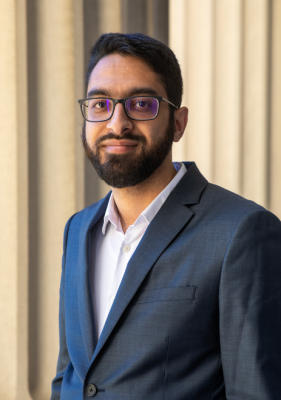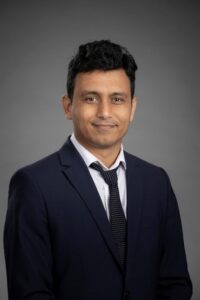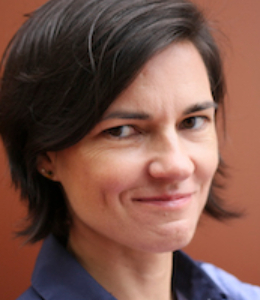The emerging economic and societal needs such as advanced manufacturing, environmental treatment, and space exploration call for machines that can operate in harsh and complex environments. An attractive approach is to utilize a new paradigm of physical intelligence in material development: a rational material design will enable its on-board actuation, sensing, and analysis, without a need for central computing or complex control. This talk will present our recent progress in the fundamental research of embedding physical intelligence in soft active materials. A stretchable polymer network responds to an external stimulus such as light or heat, dramatically changes its shape or material property, and enables special functionality in its bulk or surface. The first part of the talk presents photoactive liquid crystal elastomers that can change their shape and generate work output under light illumination or temperature change. Emphasis is placed on the fundamental photo-thermo-mechanical coupling across many length scales, especially at the mesoscale where the polymer network and liquid crystal mesogens behave collectively, leading to multiple interesting phenomena and their consequences in the macroscopic actuation. The second part of the talk presents temperature-switchable adhesives with high adhesion strength, large switching ratio, fast switching speed, and good reversibility. A polymer network containing many free-end dangling chains is a strong adhesive at ambient environment due to the long chains, dense physical bonds, and large dissipation from the polymer matrix, and is completely non-adhering at an elevated temperature due to its thermo-responsive phase transition. This talk is hoped to help advance the fundamental knowledge of soft active materials, bring together communities of relevant research fields, and expand the potential large-scale applications.
Bio:
Ruobing Bai is an assistant professor in the Department of Mechanical and Industrial Engineering at Northeastern University. He received his BS in Theoretical and Applied Mechanics at Peking University in 2012, and PhD in Engineering Sciences at Harvard University in 2018. He was a postdoctoral fellow in the Department of Mechanical and Civil Engineering at California Institute of Technology from 2018 to 2020. He is the recipient of the Chun-Tsung Scholar in Peking University, the Haythornthwaite Research Initiation Award from the Applied Mechanics Division of American Society of Mechanical Engineers (ASME), and the Extreme Mechanics Letters (EML) Young Investigator Award. Research in the Bai group aims to combine theory and experiment in areas including solid mechanics, soft active materials, fracture and toughening of materials, adhesion, and sustainable materials, for applications such as soft robotics, advanced manufacturing, human-machine interfaces, and human health.


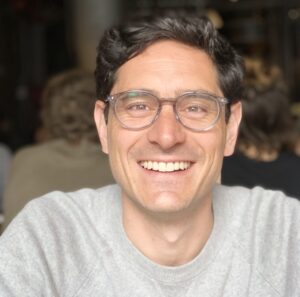
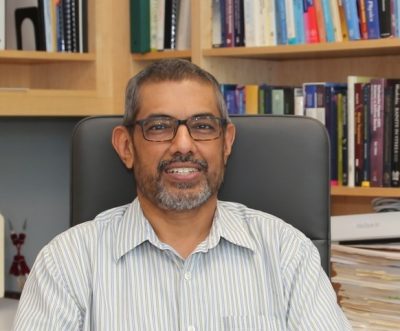 Abstract: The behavior of materials involve physics at multiple length and time scales: electronic, atomistic, domains, defects, etc. The engineering properties that we observe and exploit in application are a sum total of all these interactions. Multiscale modeling seeks to understand this complexity with a divide and conquer approach. It introduces an ordered hierarchy of scales, and postulates that the interaction is pairwise within this hierarchy. The coarser-scale controls the finer-scale and filters the details of the finer scale. Still, the practical implementation of this approach is computationally challenging. This talk introduces the notion of neural operators as controlled approximations of operators mapping one function space to another and explains how they can be used for multiscale modeling. They lead to extremely high-fidelity models that capture all the details of the small scale but can be directly implemented at the coarse scale in a computationally efficient manner. We demonstrate the ideas with examples drawn from first principles study of defects and crystal plasticity study of inelastic impact.
Abstract: The behavior of materials involve physics at multiple length and time scales: electronic, atomistic, domains, defects, etc. The engineering properties that we observe and exploit in application are a sum total of all these interactions. Multiscale modeling seeks to understand this complexity with a divide and conquer approach. It introduces an ordered hierarchy of scales, and postulates that the interaction is pairwise within this hierarchy. The coarser-scale controls the finer-scale and filters the details of the finer scale. Still, the practical implementation of this approach is computationally challenging. This talk introduces the notion of neural operators as controlled approximations of operators mapping one function space to another and explains how they can be used for multiscale modeling. They lead to extremely high-fidelity models that capture all the details of the small scale but can be directly implemented at the coarse scale in a computationally efficient manner. We demonstrate the ideas with examples drawn from first principles study of defects and crystal plasticity study of inelastic impact.
